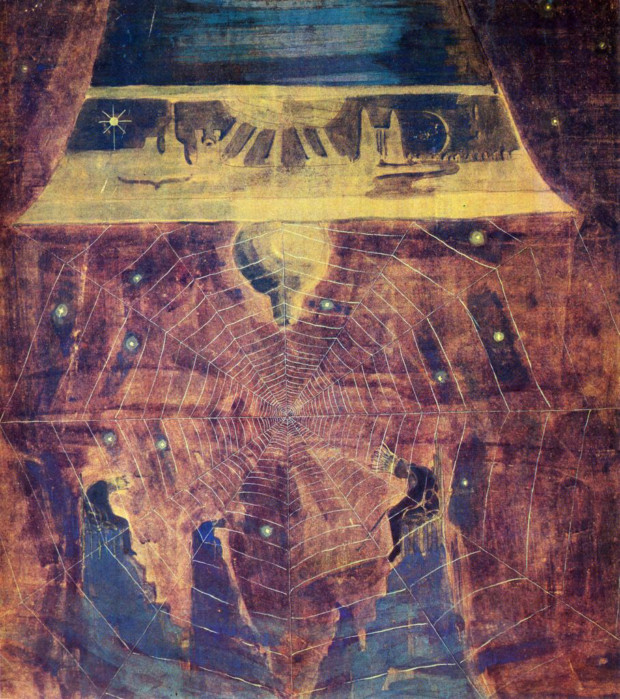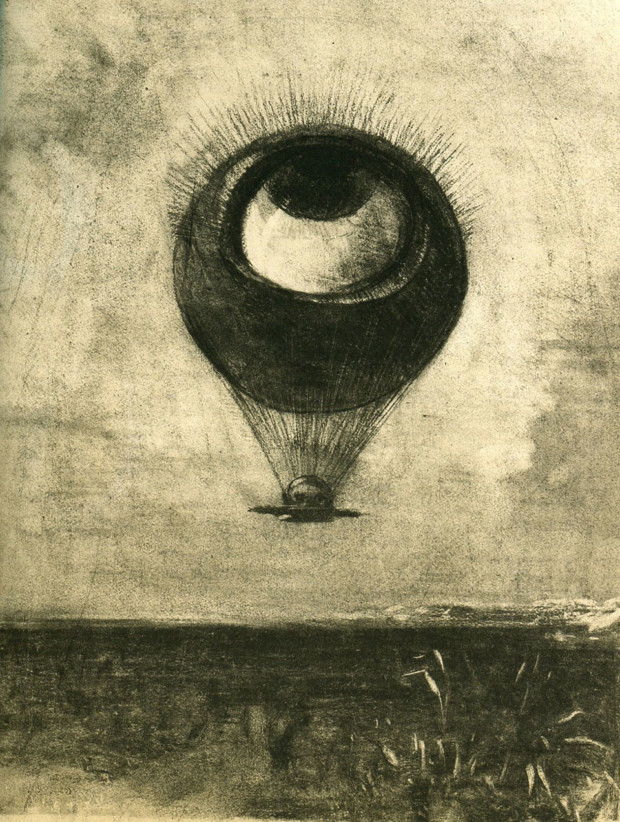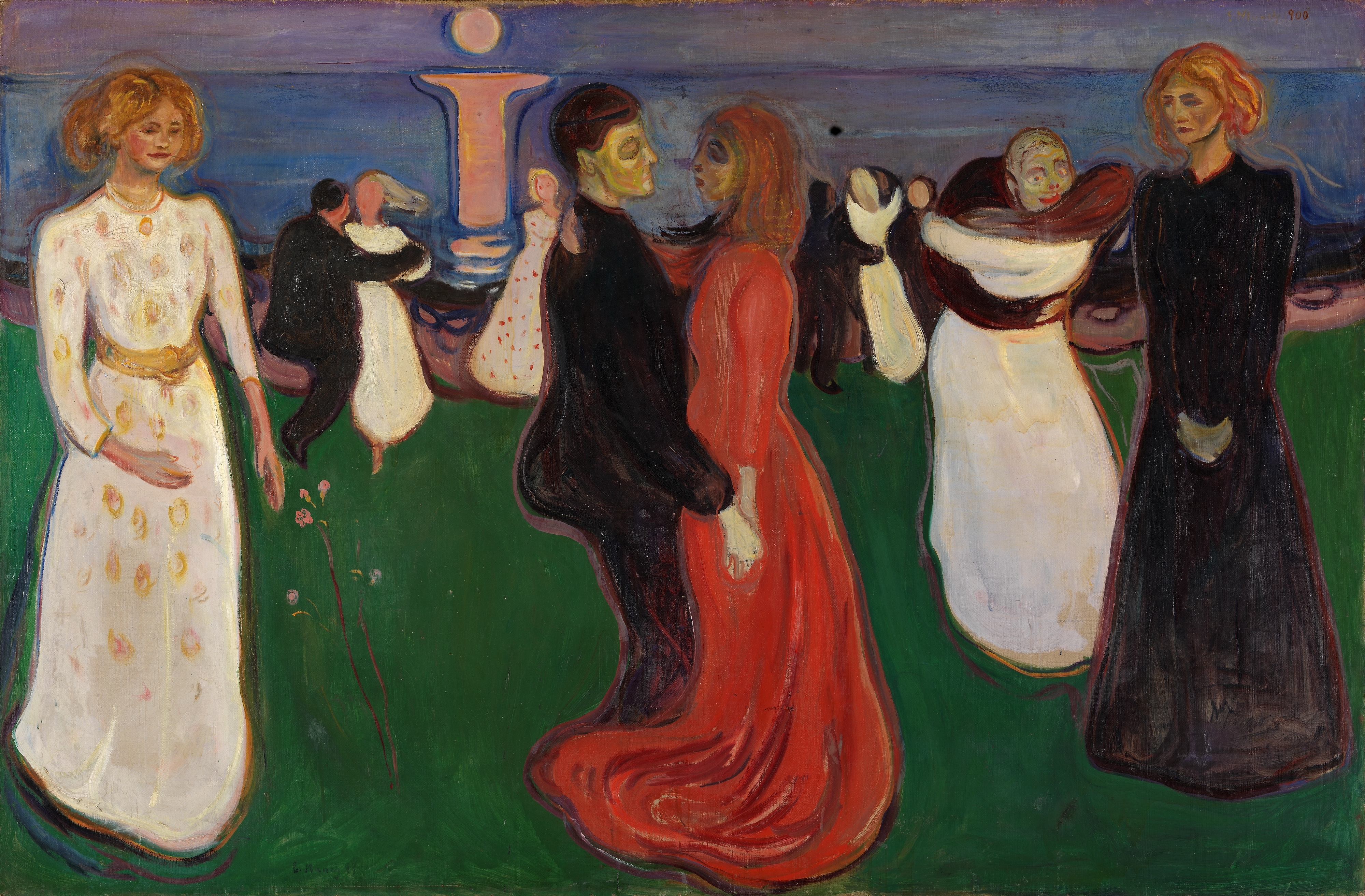5 Guises of Maurice Denis
Maurice Denis was a French Symbolist painter, known as a prominent member of the Nabis. His work was influenced by the art of the Renaissance,...
Valeria Kumekina 25 November 2024
Symbolism as a term can be confusing. Usually grouped with the other Post-Impressionist movements, Symbolism emerged at just about the same time as Impressionism, but it is not entirely accurate to call it “post” Impressionist. So what exactly was Symbolism? Here are five facts about Symbolism that will help you understand it!

Symbolism was a late 19th-century art movement. In literature, the style originates with the 1857 publication of Charles Baudelaire’s Les Fleurs du mal. The name “symbolist” itself was coined by the critic Jean Moréas. He created the term to distinguish the symbolists from related decadents of literature and art. Moréas, who published the Symbolist Manifesto (Le Symbolisme) in Le Figaro on 18 September 1886, named Baudelaire, Stéphane Mallarmé, and Paul Verlaine the three leading poets of the movement.
Symbolism was proclaimed to be hostile to “plain meanings, declamations, false sentimentality and matter-of-fact description”, and that its goal instead was to “clothe the Ideal in a perceptible form” whose “goal was not in itself, but whose sole purpose was to express the Ideal.”

Symbolists weren’t unified in a distinct and homogeneous group. Instead they resided across all of Europe and worked independently. They had varying aesthetic goals but all shared a similar mindset. Among the leading artists we should mention: Gustave Moreau, Gustav Klimt, Mikalojus Konstantinas Čiurlionis, Jacek Malczewski, Odilon Redon, Pierre Puvis de Chavannes, Edvard Munch, and Félicien Rops. Also, Auguste Rodin is sometimes considered a Symbolist sculptor. Each of them perceived Symbolism in a different way.

The third Symbolism fact is that painters used mythological and dream imagery. It all started with Edgar Allan Poe, whose works were translated by Baudelaire. The symbols used in Symbolism are not the familiar emblems of mainstream iconography but intensely personal, private, obscure, and ambiguous references.

The Scream by Edvard Munch seems to be the most well-known Symbolist work. It is the best exemplification of the fin-de-siècle feelings of isolation, disillusionment, and psychological anguish conveyed through distorted forms, expressive colors, and fluid brushwork. Munch’s style is based on the real anxieties of modern existence. His paintings explore themes of illness, loneliness, despair, and mental suffering associated with love. Munch deemed these conditions emblematic of “modern psychic life.”

Women became the favored symbol for the expression of these universal emotions, appearing alternately as wistful virgins and menacing femmes fatales. In this latter category, Gustave Moreau popularized the motifs of Salome brandishing the head of John the Baptist and the man-eating sphinx through paintings such as Oedipus and the Sphinx. Klimt’s works were perceived as scandalous, as they depicted women of Viennese upper-class as seductresses.
DailyArt Magazine needs your support. Every contribution, however big or small, is very valuable for our future. Thanks to it, we will be able to sustain and grow the Magazine. Thank you for your help!